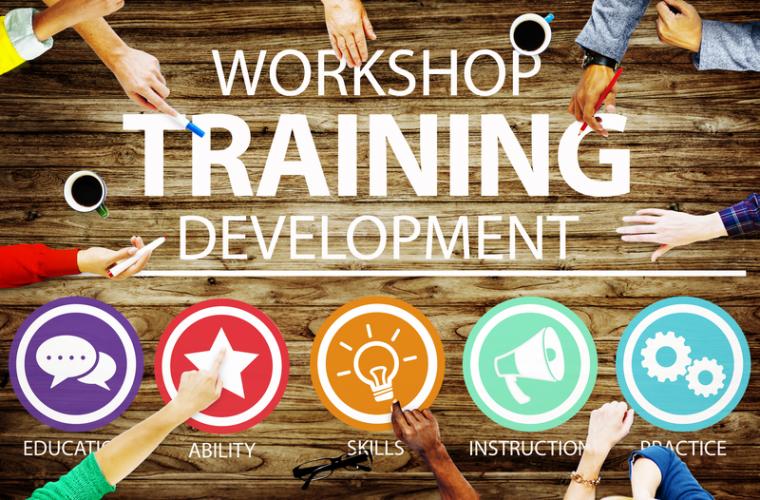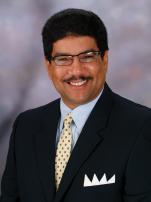
The ancient philosopher Heraclitus of Ephesus has been credited with the phrase, “There is nothing permanent except change.” This line of thought is very evident in the American workforce. The look and makeup of the U.S. workforce is changing—and this transformation has placed employers in a position to adapt from a point of need or to suffer the consequences.
According to a report by the Pew Research Center, in 2014 nearly 15 million Americans were considered to be self-employed, which amounted to nearly 10 percent of the workforce at the time. In addition, those self-employed individuals employed another 29 million people. When combined, this accounts for almost a third of the available workforce in the U.S.
There is a benefit to having the opportunity to employ or retain older workers. Oftentimes, older workers possess a work ethic that younger workers have yet to develop. They also have experiences that can make them a contributing member of a team.
An Aging Workforce
If self-employed enterprises or new start-up companies were not enough to make a change in the workforce, consider that the workforce has been aging as well. American workers are simply growing older. The same Pew Research Center data states that nearly 19 percent of the workforce are employees over the age of 65. This puts a good number of potential employees past the traditional age of retirement.
U.S. Census Bureau data shows the median age of the overall labor force is increasing. In 1996, the median age was just over 38 years old. In 2016, just two decades later, that median age had increased to 42. This trend mirrors that of the general population in the U.S. Smaller, more rural communities may have a higher median age than larger cities due to migration patterns as younger workers leave rural communities for employment opportunities elsewhere.
An aging workforce, combined with a workforce where almost a third of eligible workers are now working independently, places a strain on an employer’s ability to fill current vacancies. Add to this the fact that more and more baby-boomers are now eligible for some form of retirement, and we have a perfect storm—in which employers have difficulty locating replacement workers and the transfer of institutional knowledge to younger workers is being done over a shorter period of time.
Build Your Own Employees
So how does an employer solve the problem of hiring quality employees? They make them.
Yes, leading companies have identified this change in the workforce and have invested in developing their own quality employees to hire. Some of these top employers are no longer recruiting on college campuses; they’ve moved to recruiting at the high school level, especially if the company is a manufacturing company.
High school vocational programs are increasing their partnerships with the community’s manufacturing companies. Partnerships include internships for those high school students considering a career in manufacturing after leaving high school. This allows the employer to offer a “tryout” to a perspective student before extending a full employment opportunity.
For those traditional blue-collar employers needing talent with some specialized training, hiring straight out of high school is an option. A work-technical school program in which a student alternates a specific amount of time in the classroom followed by a period at work can ease the need of the employer for a quality individual.
Workforce trends going forward will require employers to be creative with developing solutions to their specific problem. Talent is out there; you just have to make it your own. T&ID

